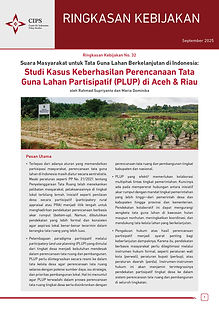Policy Barriers to a Healthier Diet: The Case of Trade and Agriculture

Penulis

Aditya Alta

Rachma Auliya
Improving nourishment and diets has become a priority for Indonesia. The stunting rate among under-five children in Indonesia at 24% is considered high and deserving of serious attention.Improving dietary diversity among children is essential to reduce the stunting rate and prevalence. Unfortunately, the Desirable Dietary Pattern (DDP) score and food supply indicate a typical Indonesian diet is severely dominated by rice and lacking in alternative sources of carbohydrates and protein. The high cost of healthy diets further complicates nutritional fulfillment as global food prices have experienced a recent sharp increase.
Realizing the importance of nutrition fulfillment for human capital, the government has set a target of reducing the stunting rate to 14% by 2024. A number of strategies and action plans have been issued to coordinate efforts across ministries: National Strategy to Accelerate StuntingReduction, National Action Plan for the Acceleration of Stunting Reduction in Indonesia 2021– 2024 (RAN-PASTI), and National Action Plan for Food and Nutrition 2020–2024 (RAN-PG). Targets and activities in these documents reflect the multidimensional nature of food and nutrition issues, but overlook the effects of trade policy on
foodaffordability and the agricultural policy bias towards a few staple commodities, especially rice.

Azizah Nazzala Fauzi













































